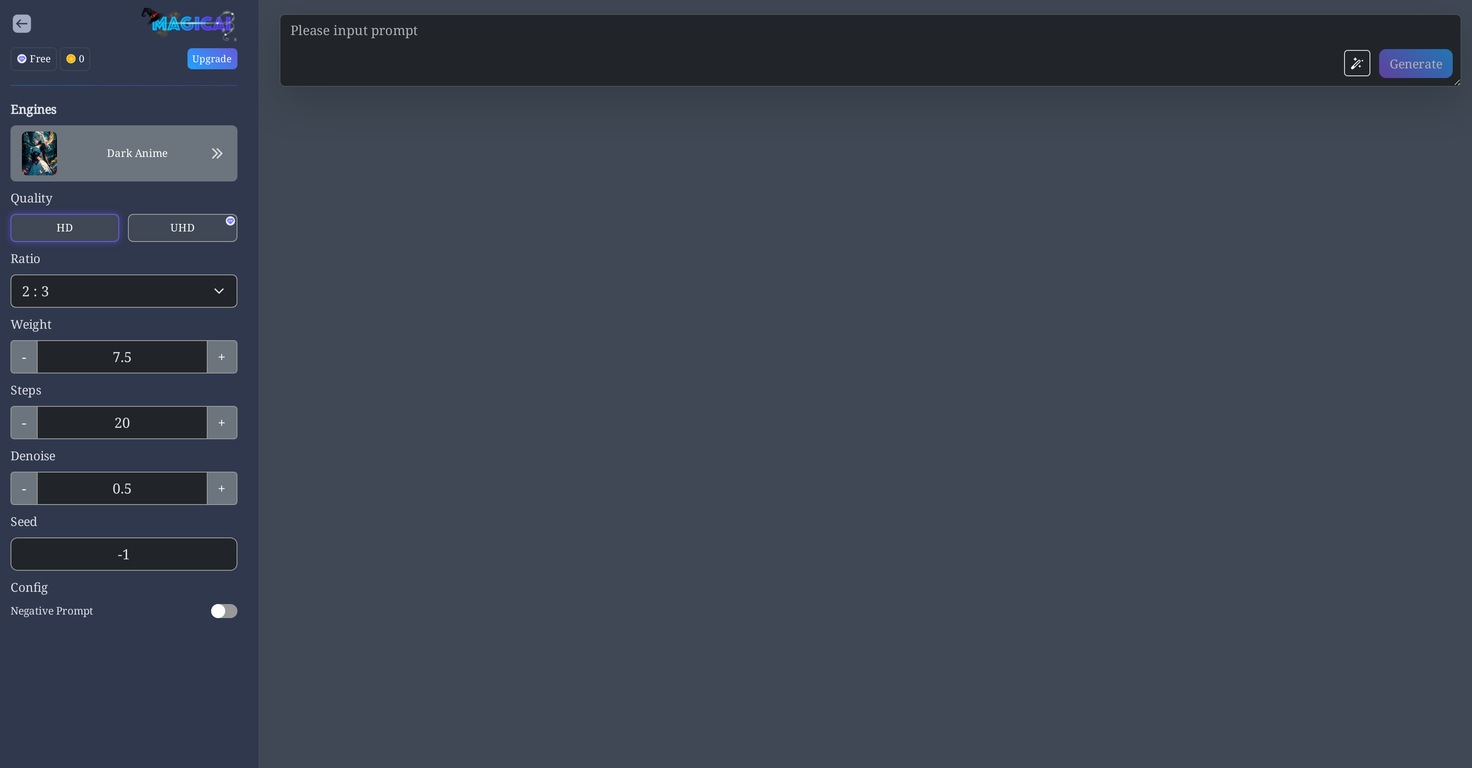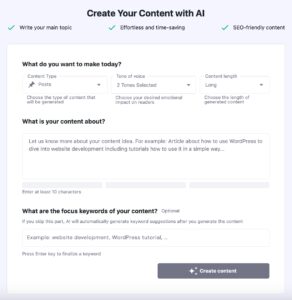Meta tags are essential elements of HTML code that play a crucial role in informing search engines and website visitors about the content and structure of a web page. These tags are invisible to site visitors but serve as valuable metadata for search engines, social media platforms, and browsers. In this article, we will explore what meta tags are, their various types, and how to use them effectively to enhance your website’s visibility and user experience.
What Are Meta Tags?
Meta tags are snippets of HTML code that provide metadata about a web page’s content. This metadata offers information about the page’s title, description, author, character encoding, and more. These tags are placed within the <head> section of an HTML document and are not visible on the actual web page. Instead, they are used by search engines and other web services to understand and display information about the page.
Types of Meta Tags
-
Title Tag:
The title tag (<title>) is arguably the most crucial meta tag. It specifies the title of the web page, which is displayed on the browser’s tab or window and serves as the title in search engine results. It should accurately represent the page’s content and be concise (typically 50-60 characters).
<title>Example Title - Meta Tags Guide</title>-
Meta Description Tag:
The meta description tag (<meta name="description" content="...">) provides a brief summary of the page’s content. Search engines often use this summary as the snippet in search results, so it should be compelling and relevant.
<meta name="description" content="Learn how to use meta tags to improve your website's visibility and user experience." />-
Meta Keywords Tag:
In the past, meta keywords (
<meta name="keywords" content="...">) were used to list keywords related to the page’s content. However, most search engines no longer use this tag for ranking.
<meta name="keywords" content="meta tags, HTML, SEO, web development" />-
Meta Robots Tag:
The meta robots tag (
<meta name="robots" content="...">) controls how search engines index and display the page. Values like “noindex” and “nofollow” can prevent indexing or following links, while “index” and “follow” allow it.
<meta name="robots" content="index, follow" />-
Meta Charset Tag:
The meta charset tag (
<meta charset="...">) specifies the character encoding for the page. It ensures proper text rendering and internationalization support.
<meta charset="UTF-8" />-
Meta Viewport Tag:
The meta viewport tag (
<meta name="viewport" content="...">) is essential for responsive web design, helping adjust the page’s viewport to different screen sizes.
<meta name="viewport" content="width=device-width, initial-scale=1.0" />How to Use Meta Tags Effectively
-
Title and Description Tags:
Craft a unique and compelling title that accurately represents your page’s content.Write a concise, informative meta description that entices users to click on your page in search results.
-
Keywords Tag:
While many search engines ignore this tag, you can still include relevant keywords to help clarify your page’s content.
-
Robots Tag:
Use the robots tag wisely. Ensure that search engines can index and follow your important pages, but block or “noindex” less important or duplicate content.
-
Charset Tag:
Always specify the character encoding (UTF-8 is recommended) to ensure proper text rendering.
-
Viewport Tag:
Include a viewport meta tag for responsive web design to ensure your website looks good on various devices.
-
Keep it Consistent:
Use meta tags consistently across your site to maintain a cohesive and user-friendly experience.
-
Regularly Review and Update:
Periodically review and update your meta tags, especially the title and description, to ensure they remain accurate and relevant.
Meta tags are a fundamental aspect of on-page SEO and user experience. By using them effectively, you can improve your website’s visibility in search results, enhance its click-through rate, and provide valuable information to both search engines and users. Incorporate these best practices for meta tags to make your website more user-friendly and search engine-friendly.







